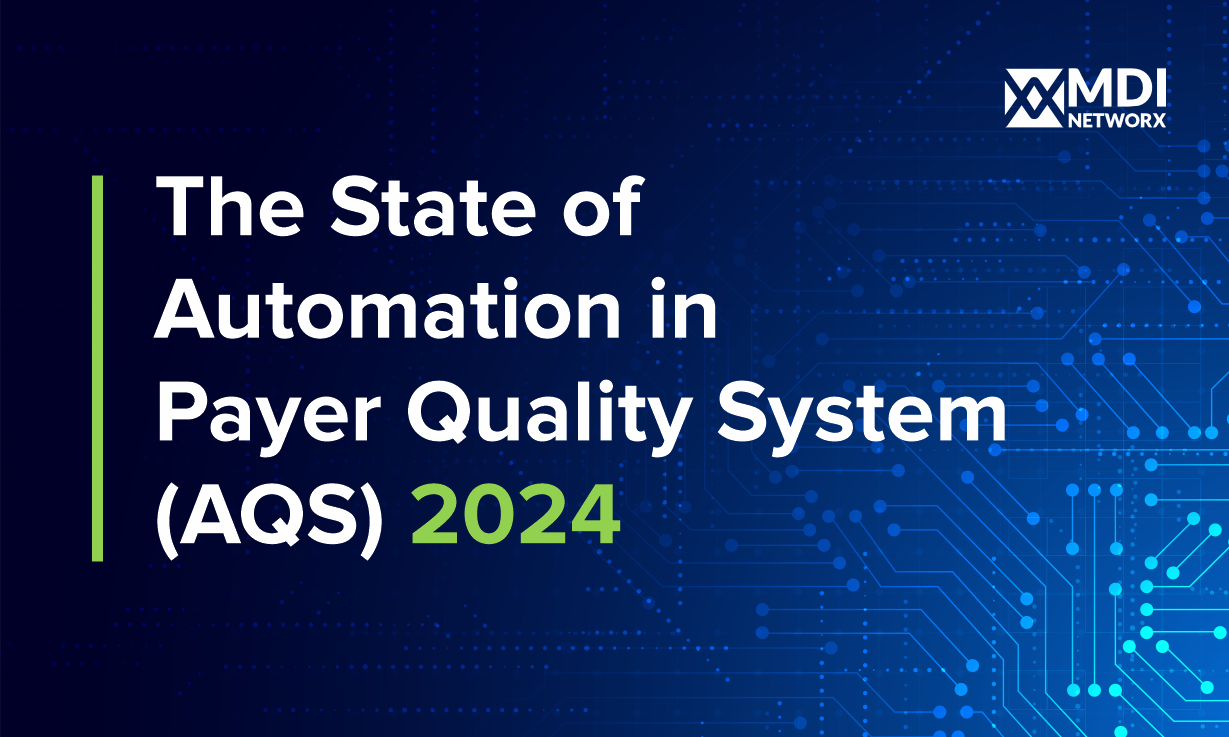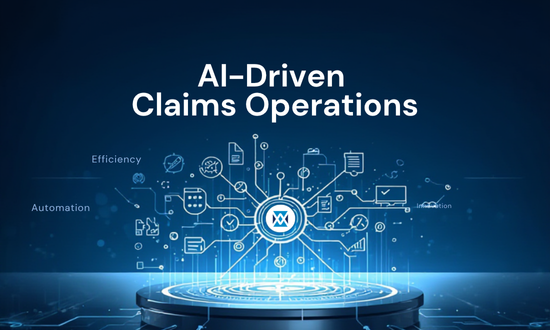Let’s be honest. There is comfort in the familiar, especially when it comes to the way claims are handled. Many healthcare payers still rely on manual processes not because they are efficient, but because they have always been there.
In 2025, agility, compliance, and speed are no longer optional. Holding onto outdated workflows is not caution; it is risk. If you deliberately avoided automation, what would that reveal about your operations, priorities, and future readiness?
1. Manual Work Keeps Your Team Busy
The perception:
A full inbox and endless spreadsheets create the impression of productivity. Leaders can see their people working hard, which feels reassuring.
The reality:
Busy does not mean effective. Manual processes absorb time and create administrative drag. Automation eliminates low-value tasks, letting staff focus on exceptions, analytics, and member outcomes. McKinsey analysis shows that payers automating claims functions achieved efficiency gains of 30% or more, reducing turnaround times and raising accuracy levels across operations.
2. Long Delays Give You More Control
The perception:
Taking longer on claims feels like control. More reviews and hands-on involvement with a claim seem like providing a personal touch.
The reality:
Delays don’t strengthen oversight, those weaken it. Manual intervention slows everything down while creating blind spots. Real-time adjudication provides transparency into every step of the process, giving leaders genuine control through data and speed. Payers that streamlined their workflows with automation have cut claims cycle times nearly in half, while improving provider trust and cash flow.
3. Errors Make Sure Everyone Stays Involved
The perception:
When mistakes pull more people into the process, it feels like collaboration.
The reality:
Errors don’t build collaboration, it wastes resources. Each mistake drives rework, delays payments, and drains focus from strategic initiatives. Automated validation increases first-pass accuracy and reduces error-related overhead. The CAQH Index shows that automating claims transactions cut administrative costs by 20% or more, proving that error reduction is one of the fastest returns on automation.
4. Compliance Surprises Keep Things Interesting
The perception
Scrambling to meet audit demands feels like a test of readiness. Operating under pressure sharpens the team.
The reality
Fire drills are not strategy. Last-minute compliance checks expose organizations to penalties and reputational damage. Automation enforces rules in real time, keeping the organization audit-ready at all times. Health plans that embedded automated monitoring have reduced penalty exposure and improved regulator confidence across multi-state operations.
5. Slow Processes Protect You from Big Changes
The perception
Legacy systems feel safe. Predictable processes look like stability.
The reality
What feels stable is actually fragile. Static systems cannot keep pace with evolving regulations, member expectations, and industry competition. Automation enables modular, scalable operations that flex with market shifts and regulatory changes. McKinsey estimates that over one-third of payer activities can already be automated, making automation the baseline for survival rather than an optional upgrade.
Comparative Look: Then vs. Now
| Then (Manual): | Now (Automated) |
| Delayed approvals | Real-time adjudication |
| Reactive compliance | Proactive compliance |
| Error-driven rework | Higher first-pass accuracy |
| Static, high-maintenance systems | Scalable, adaptive workflows |
The Bottom Line
Avoiding automation may feel safe, but it signals hesitation in a market where speed, accuracy, and compliance define competitiveness. Automation is not about risk, it is about resilience. For payers and TPAs, the question is no longer whether to automate, but how quickly to move forward and capture the benefits.
The question is not if automation will shape claims operations, but how prepared your organization is to embrace it.





